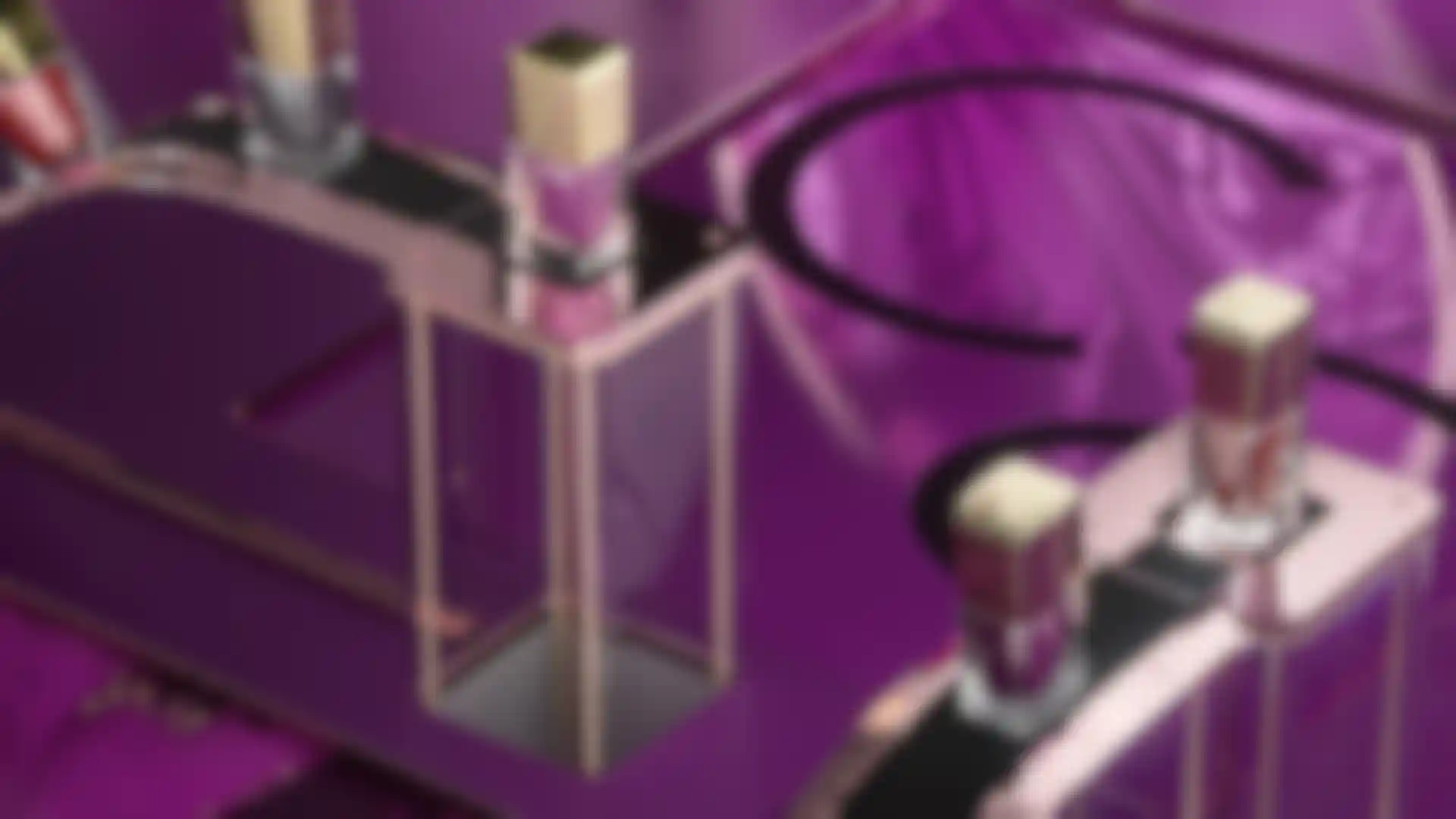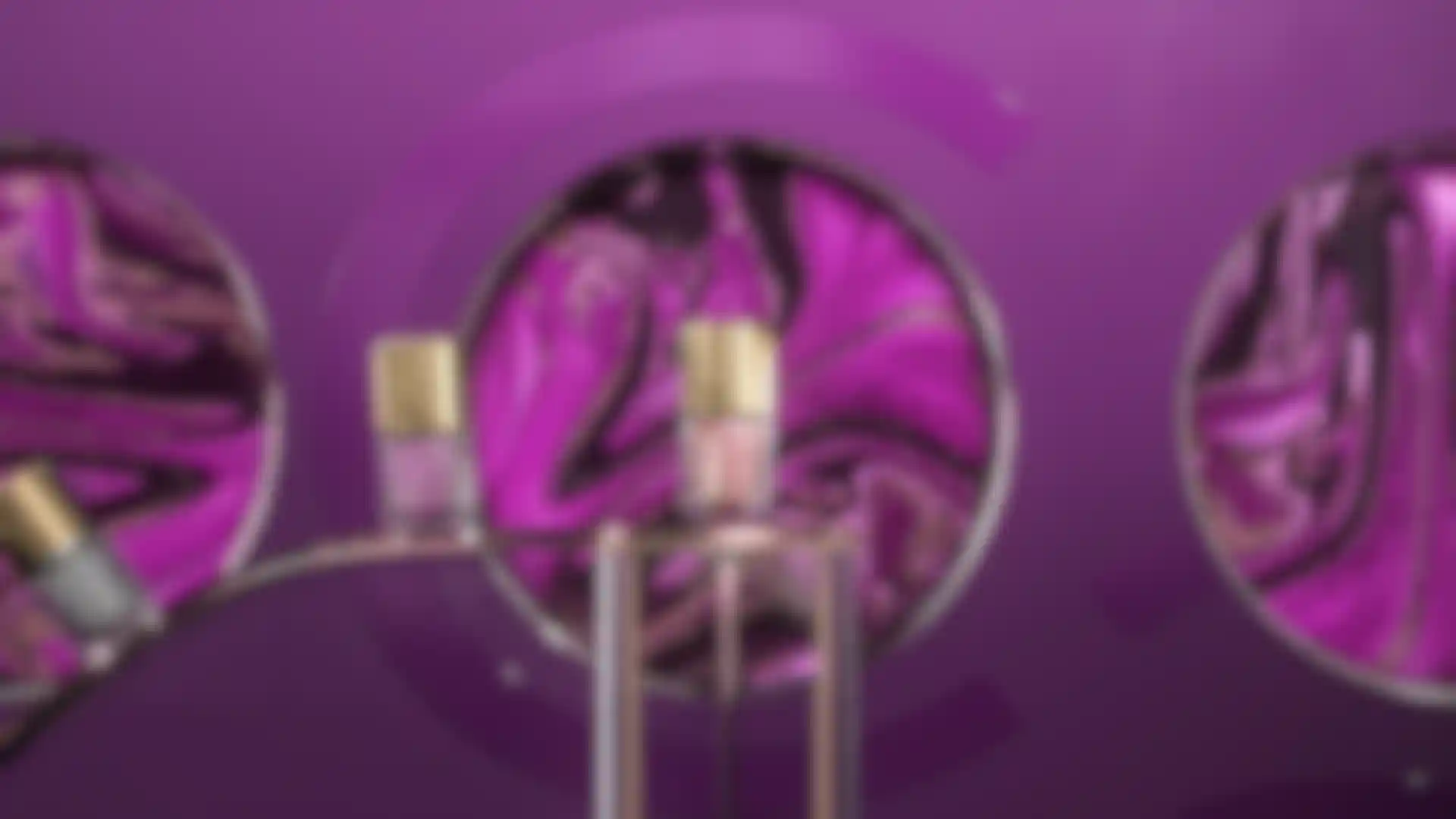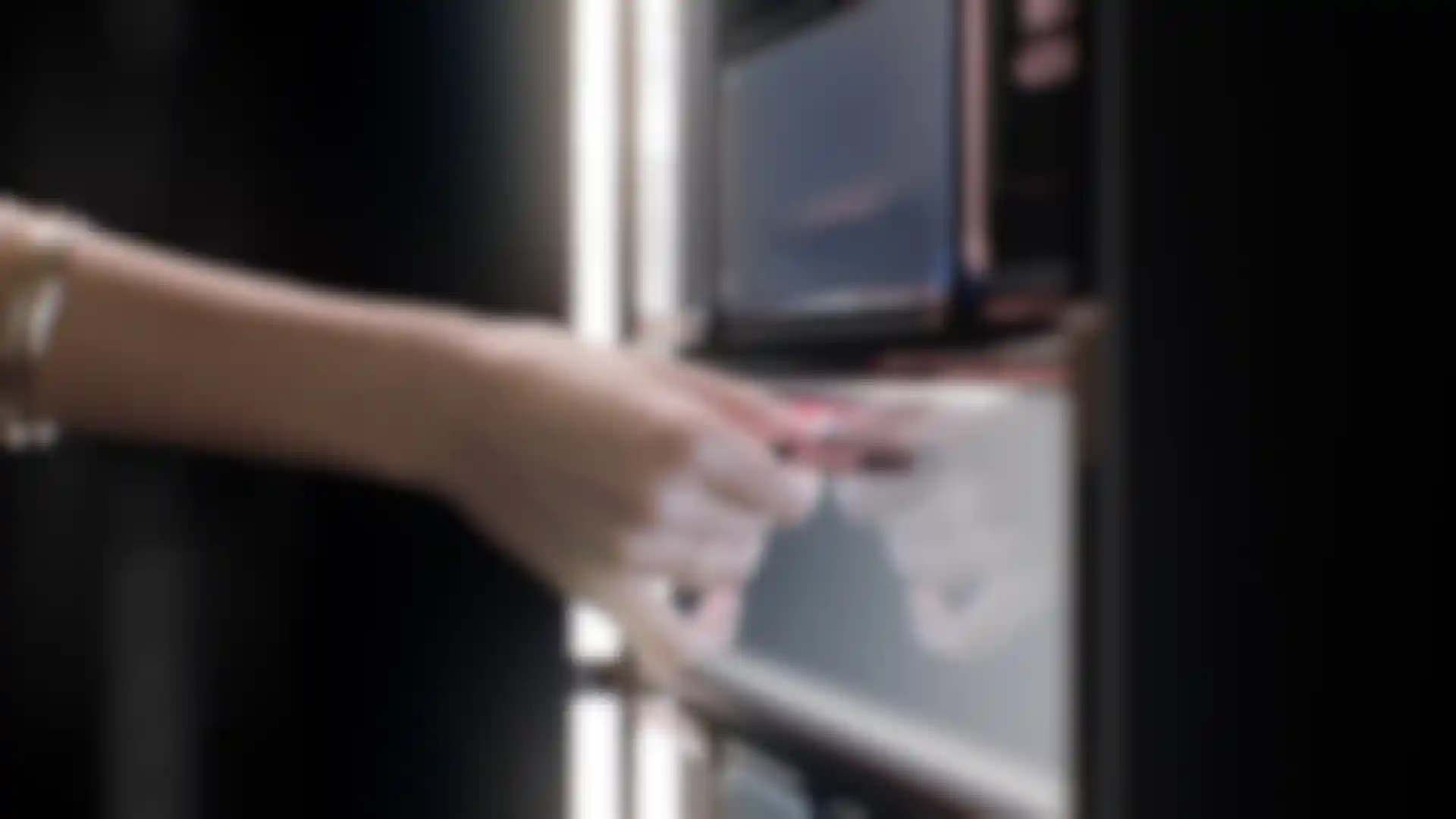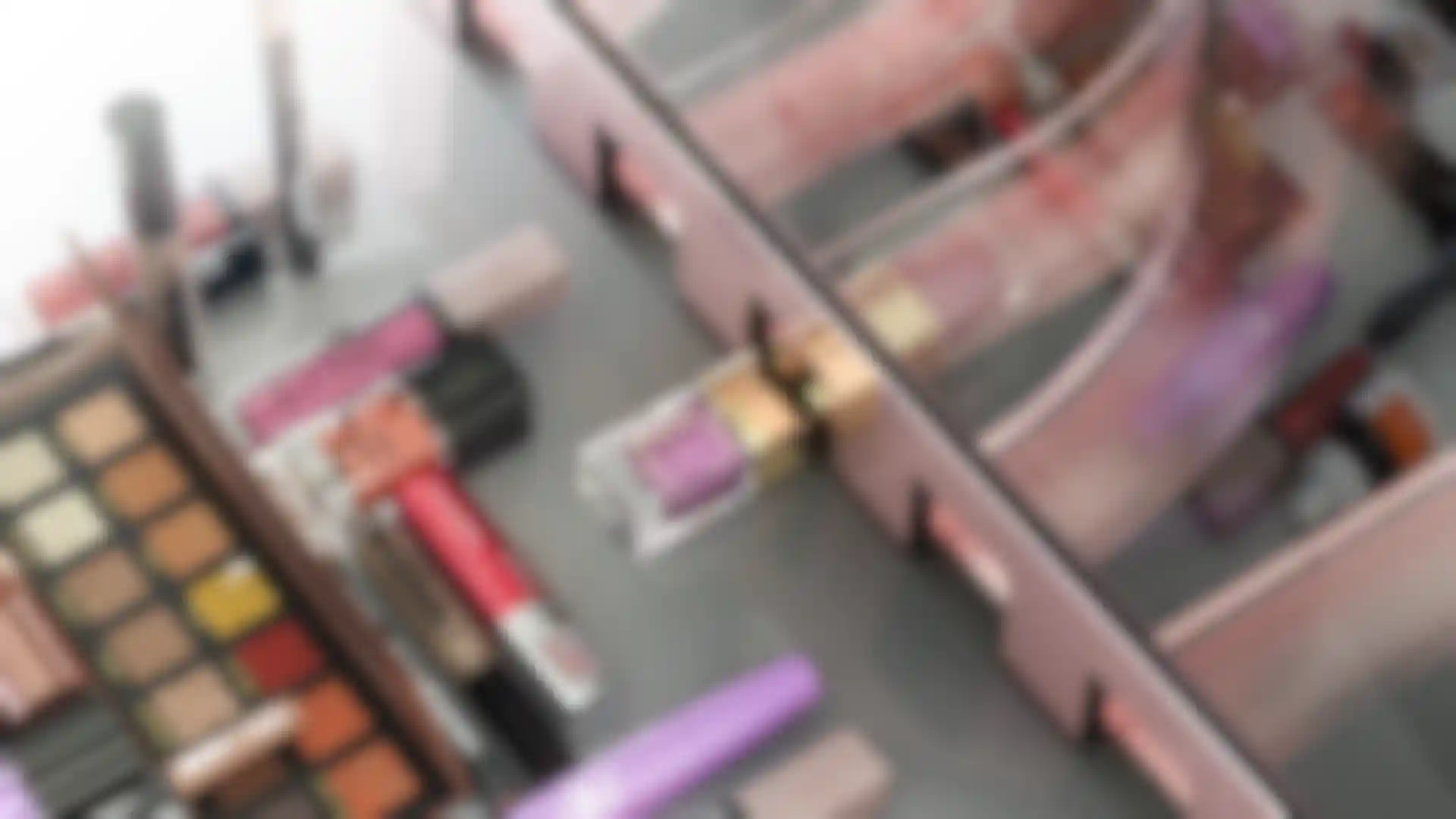
Beyond Photo Shoots Cannons + Sparrows on their full-CG campaign for Catrice Cosmetics
Every once in a while, you see an ad that is so visually arresting, you can’t help wondering what was in-camera, what was 3D and who in the world made it? We spoke with Daniel Balzer, co-founder of the Hamburg-based studio Cannons + Sparrows, about the studio’s work on a stunning spot for Catrice Cosmetics.
As longtime collaborators, Balzer and Catrice have consistently produced memorable campaigns featuring hyper-photorealistic visuals. Here’s what Balzer told us about his team’s approach, which includes blending real-world mechanics with CG using Cinema 4D, Redshift, Substance Painter and more.
Tell us a little bit about Cannons + Sparrows.
Balzer: Niko, Martin and I have known each other for a long time, but mostly worked at different places during our careers. We all come from different backgrounds regarding our expertise/specialization and wanted to combine our creative and technical toolset under a company umbrella.
There is a saying in German ‘to shoot with cannons at sparrows,’ which translates to English probably best as ‘to crack a nut with a sledgehammer.’ So our goal is to provide as many creative services as possible under one roof. This should result, ideally, in seamless and quick communication, efficient workflows and consultancy in creative and technical matters to achieve a great product while having fun doing it.
Tell us about your collaboration with Catrice.
Balzer: We’ve been working with Catrice for several years, and we’ve thoroughly enjoyed our creative partnership with them. We used to do a lot more shooting and would combine live action with CG, but technology has advanced in our industry. Now, production is shifting more and more into full-CG work, which we’re happy about.
The increased quality of rendered photorealistic images is slowly taking away some of the deeply rooted concerns clients have about creating work digitally. That was important in this case because shooting the inside of a vending machine filled with cosmetic products would have been too ambitious from a production perspective given the mechanical challenges.
What was your workflow like for this?
Balzer: From a production standpoint, the beauty of this concept was that after we created style frames for each product, as well as an animatic for timing reference, different artists were able to work on most of the shots independently. Everybody could use their own preferred workflow and come back with rendered animations. To guarantee a consistent look, all product assets were modeled and textured in advance and handed out as Redshift proxies.
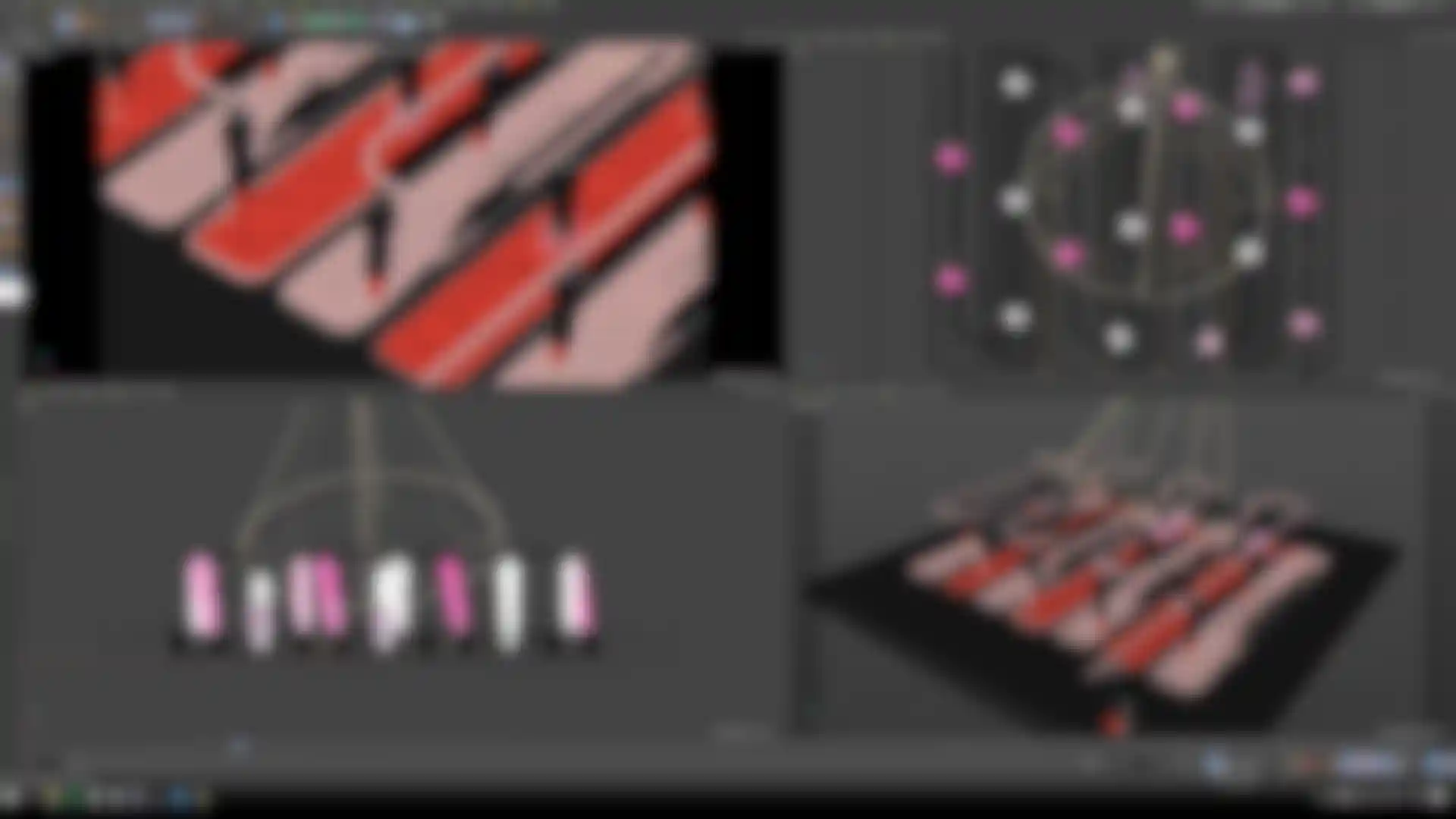
Cinema 4D was our main tool. Most of us started working with C4D in 2002. At that time, we did a lot of broadcast design and C4D provided the right tools along with a user-friendly interface. Even though most projects require a mix of different software, everything 3D is funneled back into C4D and rendered with Redshift before being handed over to comp.
Tell us about your team’s process for visualizing the inside of the vending machine?
Balzer: To start, we looked primarily at studio product shots and lighting techniques from photographers, as well as CG and motion graphics. There is an abundance of great work online to draw inspiration from.
We also looked at the mechanical parts of vending machines, thinking about how sweets are transported within those metal spirals and coins triggering a certain action when inserted into the slot and other ways of transportation such as assembly lines we could use to play with.
The brand prides itself on selling products of high quality for comparably little money when considering other brands with a similar product range. The vending machine idea reflects the idea of a large variety of products being available at affordable prices.
It is quite joyful to see well-rendered and animated abstract and real objects being transported, assembled, thrown, pushed or elevated around a nice-looking setting. We tried to translate that emotion into the vending machine idea, just with bespoke products.
Were there any interesting challenges you faced while working on this project?
Balzer: Generally, this project was pretty straightforward but, when dealing with cosmetic brands, there is always a fine line between playfulness and spot-on product visualization that has to be balanced out. Colors, textures, materials and models all need to be as close to real as possible. Luckily, it’s easy to keep certain things from reflecting or casting shadows when you’re working in 3D.
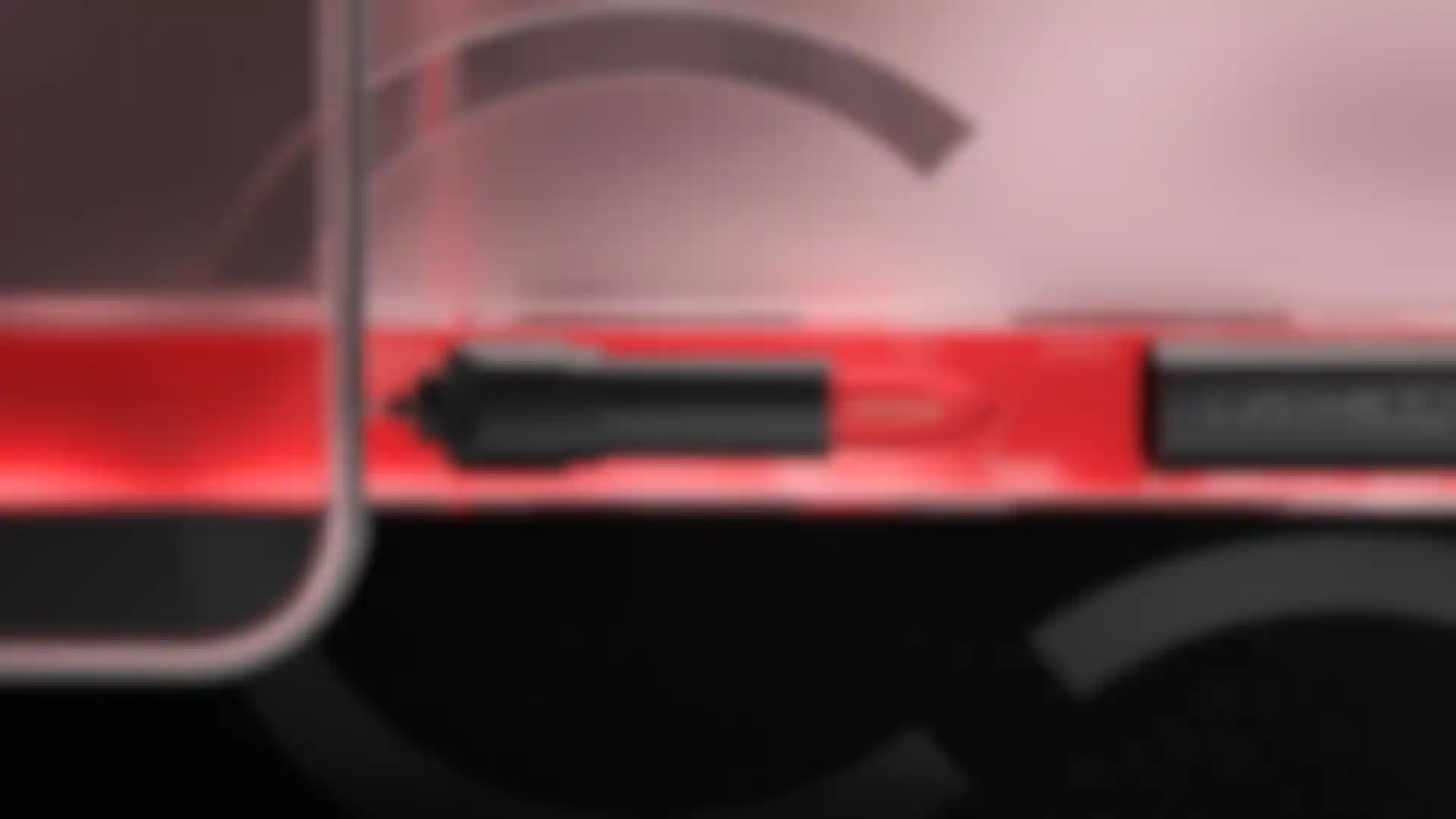
What’s next for Cannons + Sparrows?
Balzer: We just finished an exciting motion graphics piece about a completely biodegradable sock. We’ve also been working on a three-part animated series called “Learn to Fly” about Cannons + Sparrows. And we’ll also releasing a video game later this year.
As we work on the game, we’ll also be figuring out our pipelines between C4D, Unreal Engine and mobile devices, including using AR to make more cross- platform content and connect campaign ideas on a broader level. Technology is increasingly offering big potential for better consumer experiences, and it’s exciting to take on these challenges as we move toward doing more real-time projects.


